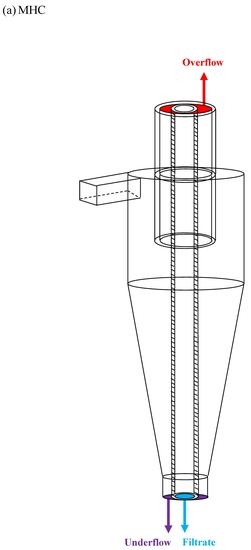Three Output Membrane Hydrocyclone: Classification and Filtration
Abstract
1. Introduction
2. Results and Discussion
2.1. Volume Fraction of Air and Velocity Distribution
2.2. The Concentration and the Filtering Effect of the MHC
2.3. Particle Trajectories
2.4. Classification Efficiency
3. Materials and Methods
3.1. Materials
3.2. Experimental Setups and Operation
3.3. Geometry and Meshes
3.4. Calculating Methods
4. Conclusions
Author Contributions
Funding
Conflicts of Interest
References
- Zaini, N.; Osman, R.; Juahir, H.; Saim, N. Development of Chromatographic Fingerprints of Eurycoma longifolia (Tongkat Ali) Roots Using Online Solid Phase Extraction-Liquid Chromatography (SPE-LC). Molecules 2016, 21, 583. [Google Scholar] [CrossRef] [PubMed]
- Neesse, T.; Dueck, J.; Schwemmer, H.; Farghaly, M. Using a high pressure hydrocyclone for solids classification in the submicron range. Miner. Eng. 2015, 71, 85–88. [Google Scholar] [CrossRef]
- Endres, E.; Dueck, J.; Neesse, T. Hydrocyclone classification of particle in the micron range. Miner. Eng. 2012, 31, 42–45. [Google Scholar] [CrossRef]
- Hwang, K.J.; Lyu, S.Y.; Nagase, Y. Particle separation efficiency in two 10-mm hydrocyclones in series. J. Taiwan Inst. Chem. Eng. 2009, 40, 313–319. [Google Scholar] [CrossRef]
- Minkova, L.; Dueck, J.; Neesse, T. Computer simulations of the Fish-Hook effect in hydrocyclone separation. Miner. Eng. 2013, 62, 19–24. [Google Scholar] [CrossRef]
- Zhang, Y.; Liu, P.; Jiang, L.; Yang, X. The Study on Numerical Simulation and Experiments of Four Product Hydrocyclone with Double Vortex Finders. Minerals 2019, 9, 23–39. [Google Scholar] [CrossRef]
- Cilliers, J.J.; Harrison, S.T.L. Yeast Flocculation aids the Performance of Yeast Dewatering using Mini-Hy-drocyclones. Sep. Purif. Technol. 2019, 209, 159–163. [Google Scholar] [CrossRef]
- Vega, D.; Brito-Parada, P.R.; Cilliers, J.J. Optimising small hydrocyclone design using 3D printing and CFD simulations. Chem. Eng. J. 2018, 350, 653–659. [Google Scholar] [CrossRef]
- Vehmaanperä, P.; Safonov, D.; Kinnarinen, T.; Häkkinen, A. Improvement of the filtration characteristics of calcite slurry by hydrocyclone classification. Miner. Eng. 2018, 128, 133–140. [Google Scholar] [CrossRef]
- Jeon, H.; Park, S. Separation of fine particles with electrostatically enhanced cyclone. Sep. Sci. Technol. 2019. [Google Scholar] [CrossRef]
- Hwang, K.J.; Chou, S.P. Designing vortex finder structure for improving the particle separation efficiency of a hydrocyclone. Sep. Purif. Technol. 2017, 172, 76–84. [Google Scholar] [CrossRef]
- Vieira, L.G.M.; Barbosa, E.A.; Damasceno, J.J.R.; Barrozo, M.A.S. Performance analysis and design of filtering hydrocyclones. Braz. J. Chem. Eng. 2005, 22, 143–152. [Google Scholar] [CrossRef]
- Vieira, L.G.M.; Silva, D.O.; Barrozo, M.A.S. Effect of Inlet Diameter on the Performance of a Filtering Hydrocyclone Separator. Chem. Eng. Technol. 2016, 39, 1406–1412. [Google Scholar] [CrossRef]
- Khan, R.U.; Bajohr, S.; Graf, F.; Reimert, R. Modeling of Acetylene Pyrolysis under Steel Vacuum Carburizing Conditions in a Tubular Flow Reactor. Molecules 2007, 12, 290–296. [Google Scholar] [CrossRef] [PubMed]
- Ji, L.; Kuang, S.; Qi, Z.; Wang, Y.; Chen, J.; Yu, A. Computational analysis and optimization of hydrocyclone size to mitigate ad-verse effect of particle density. Sep. Purif. Technol. 2017, 174, 251–263. [Google Scholar] [CrossRef]
- Ji, L.; Chen, J.; Kuang, S.; Qi, Z.; Chu, K.; Yu, A. Prediction of separation performance of hydrocyclones by a PC-based model. Sep. Purif. Technol. 2019, 211, 141–150. [Google Scholar] [CrossRef]
- Ghodrat, M.; Qi, Z.; Kuang, S.B.; Ji, L.; Yu, A.B. Computational investigation of the effect of particle density on the multiphase flows and performance of hydrocyclone. Miner. Eng. 2016, 90, 55–69. [Google Scholar] [CrossRef]
- Wu, S.E.; Hwang, K.J.; Cheng, T.W.; Hung, T.C.; Tung, K.L. Effectiveness of a hydrocyclone in separating particles suspended on power law fluids. Power Technol. 2017, 320, 546–554. [Google Scholar] [CrossRef]
- Delgadillo, J.A.; Rajamani, R.K. Hydrocyclone modeling: Large eddy simulation CFD approach. Miner. Metall. Process. 2005, 22, 225–232. [Google Scholar] [CrossRef]
- Lim, E.W.; Chen, Y.R.; Wang, C.H.; Wu, R.M. Experimental and computational studies of multiphase hydrodynamics in a hydrocyclone separator system. Chem. Eng. Sci. 2010, 65, 6415–6424. [Google Scholar] [CrossRef]
- Wang, C.C.; Wu, R.M. Experimental and simulation of a novel hydrocyclone-tubular membrane as overflow pipe. Sep. Purif. Technol. 2018, 198, 60–67. [Google Scholar] [CrossRef]
- Slack, M.D.; Prasad, R.O.; Bakker, A.; Boysan, F. Advances in cyclone modelling using unstructured grids. Trans. IChemE 2000, 78, 1098–1104. [Google Scholar] [CrossRef]
- Liow, J.L.; Oakman, O.A. Performance of mini-axial hydrocyclones. Miner. Eng. 2018, 122, 67–78. [Google Scholar] [CrossRef]
- Pérez, D.; Cornejo, P.; Rodríguez, C.; Concha, F. Transition from spray to roping in hydrocyclones. Miner. Eng. 2018, 123, 71–84. [Google Scholar] [CrossRef]
- Hwang, K.J.; Wu, W.H.; Qian, S.; Nagase, Y. CFD Study on the effect of hydrocyclone structure on the separation effocoency of fine particles. Sep. Sci. Technol. 2008, 43, 3777–3797. [Google Scholar] [CrossRef]
- Kraipech, W.; Nowakowski, A.; Dyakowski, T.; Suksangpanomrung, A. An investigation of the effect of the particle-fluid and particle-particle interactions on the flow within a hydrocyclone. Chem. Eng. J. 2005, 111, 189–197. [Google Scholar] [CrossRef]
- Ovalle, E.; Araya, R.; Concha, F. The role of wave propagation in hydrocyclone operations I: An axisymmetric streamfunction formulation for a conical hydrocyclone. Chem. Eng. J. 2005, 111, 205–211. [Google Scholar] [CrossRef]
- Chu, L.Y.; Qin, J.J.; Chen, W.M.; Lee, X.Z. Energy consumption and its reduction in the hydrocyclone separation process II. Time-averaged and fluctuating characteristics of the turbulent pressure in a hydrocyclone. Sep. Sci. Technol. 2000, 35, 2543–2560. [Google Scholar] [CrossRef]
- Chu, L.Y.; Chen, W.M.; Lee, X.Z. Enhancement of hydrocyclone performance by controlling the inside turbulence structure. Chem. Eng. Sci. 2002, 57, 207–212. [Google Scholar] [CrossRef]
- Li, B.; Huang, M.; Fu, T.; Pan, L.; Yao, W.; Guo, L. Microfiltration Process by Inorganic Membranes for Clarification of TongBi Liquor. Molecules 2012, 17, 1319–1334. [Google Scholar] [CrossRef]
- Kim, M.; Kim, J.; Syed, A.; Kim, Y.M.; Choe, K.; Kim, C. Application of Centrifugal Partition Chromatography for Bioactivity-Guided Purification of Antioxidant-Response-Element-Inducing Constituents from Atractylodis Rhizoma Alba. Molecules 2018, 23, 2274. [Google Scholar] [CrossRef] [PubMed]
- Wu, R.M. Hydrocyclone Separator. US Patent US 8182684 B1, 22 May 2012. [Google Scholar]
- Hsu, C.Y.; Wu, R.M. Hot zone in a hydrocyclone for particles escape from overflow. Dry. Technol. 2008, 26, 1011–1017. [Google Scholar] [CrossRef]
- Hsu, C.Y.; Wu, R.M. Effect of overflow depth of a hydrocyclone on particles separation. Dry. Technol. 2010, 28, 916–921. [Google Scholar] [CrossRef]
- Hsieh, K.T.; Rajamani, R.K. Mathematical model of the hydrocyclone based on physics of fluid flow. AIChE J. 1991, 37, 735–746. [Google Scholar] [CrossRef]
- Cilliers, J.J.; Harrison, S.T.L. The application of mini-hydrocyclones in the concentration of yeast suspensions. Chem. Eng. J. 1997, 65, 21–26. [Google Scholar] [CrossRef]
Sample Availability: Samples of the compounds are not available from the authors. |
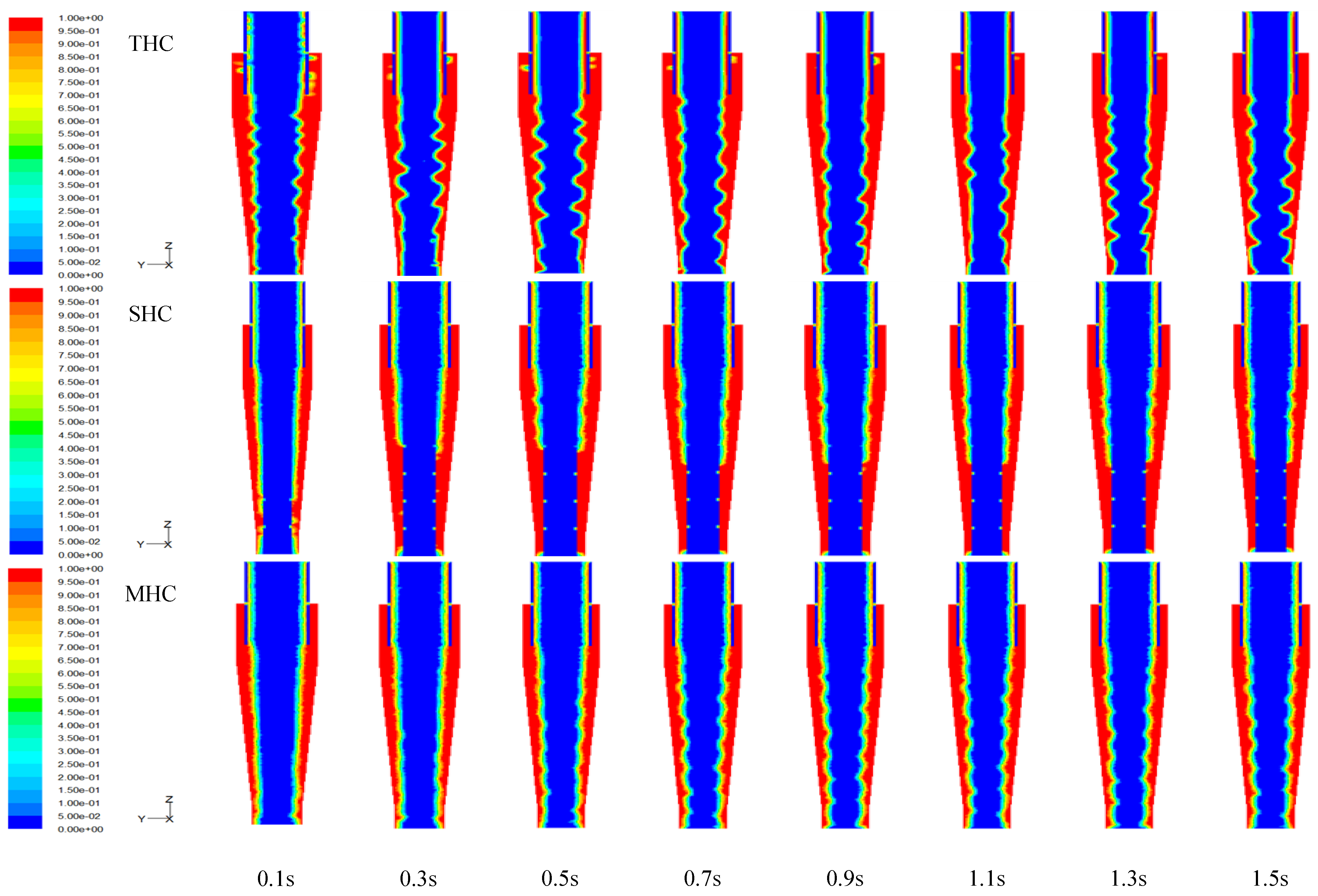
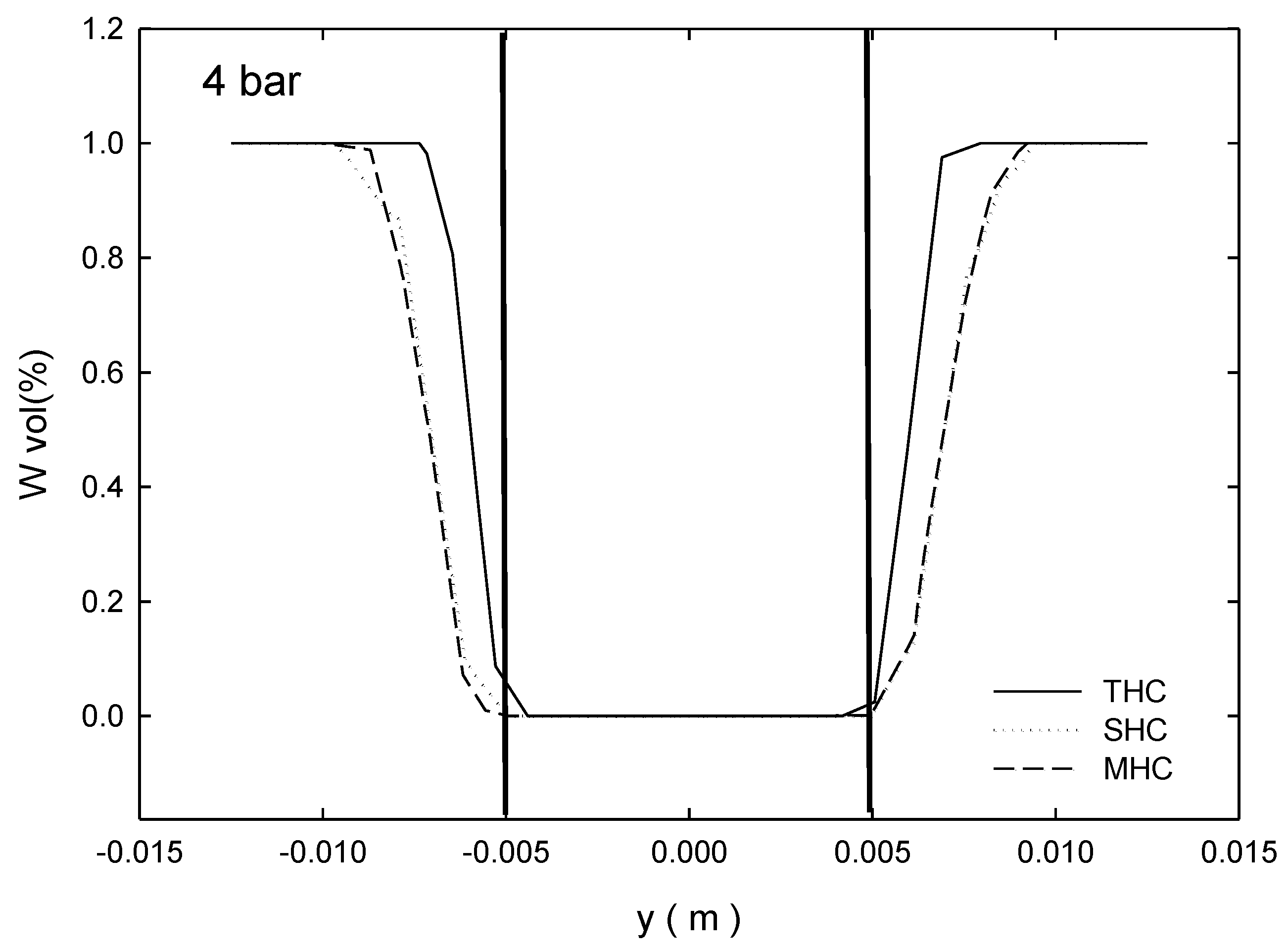
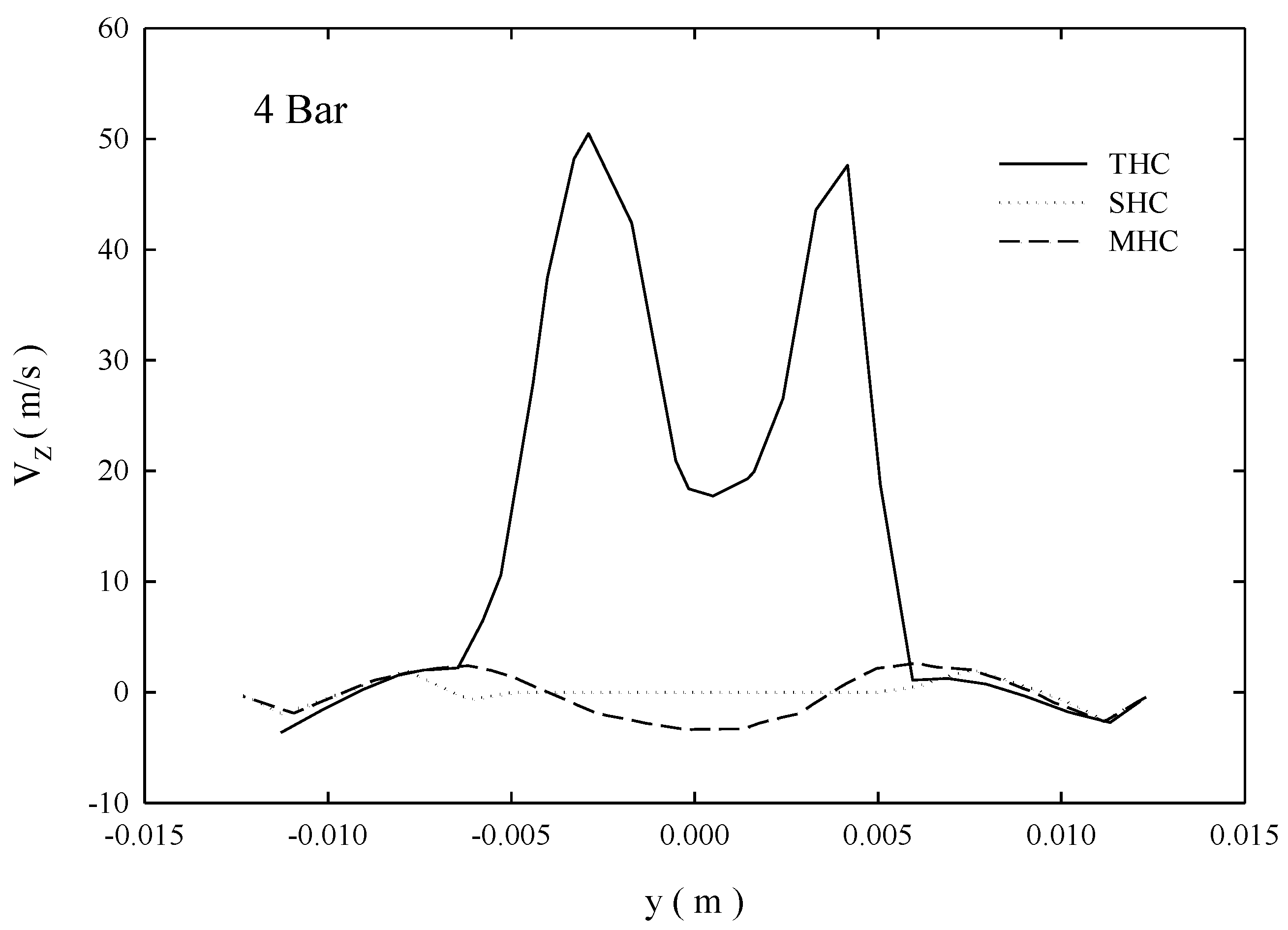
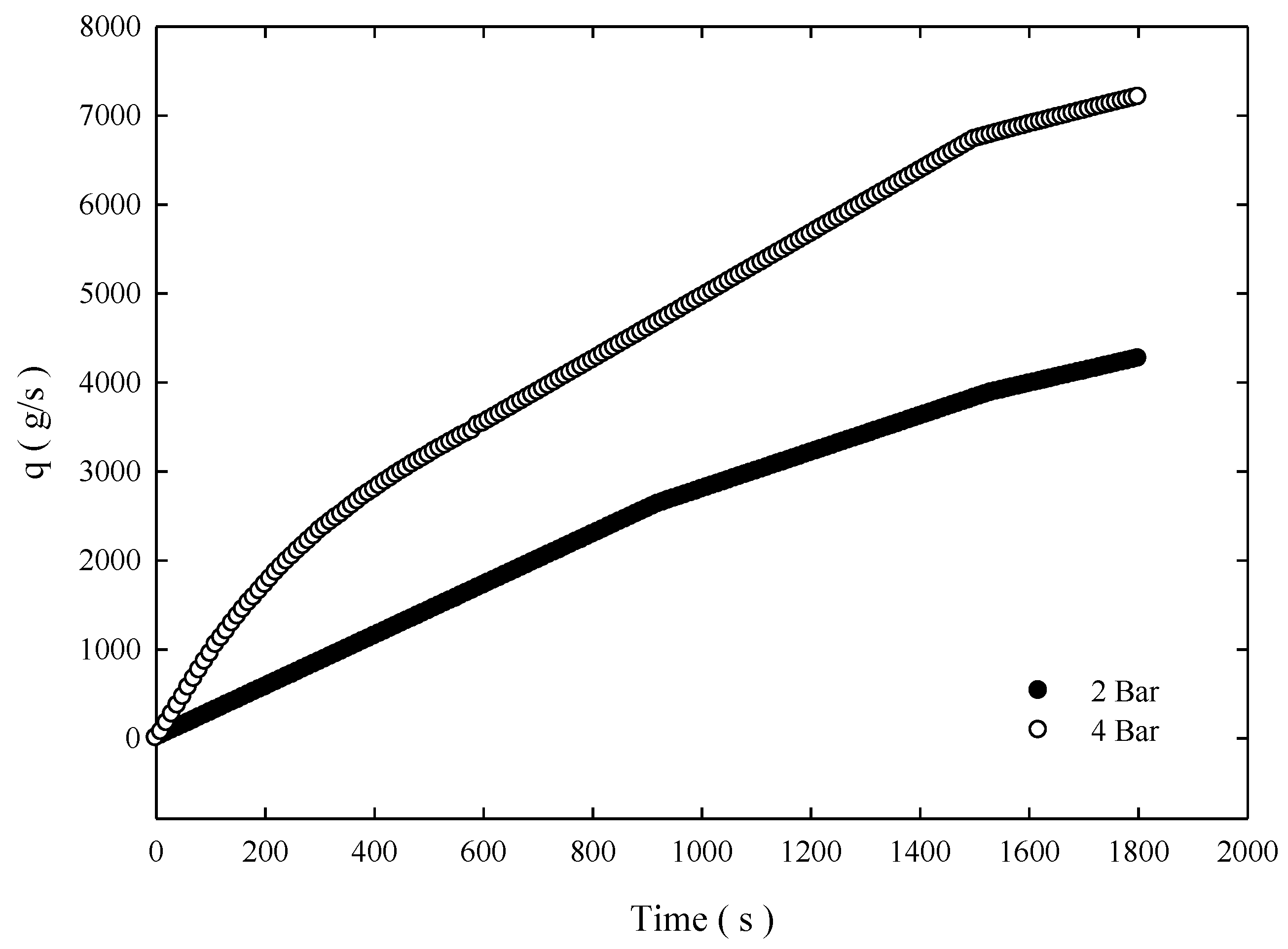
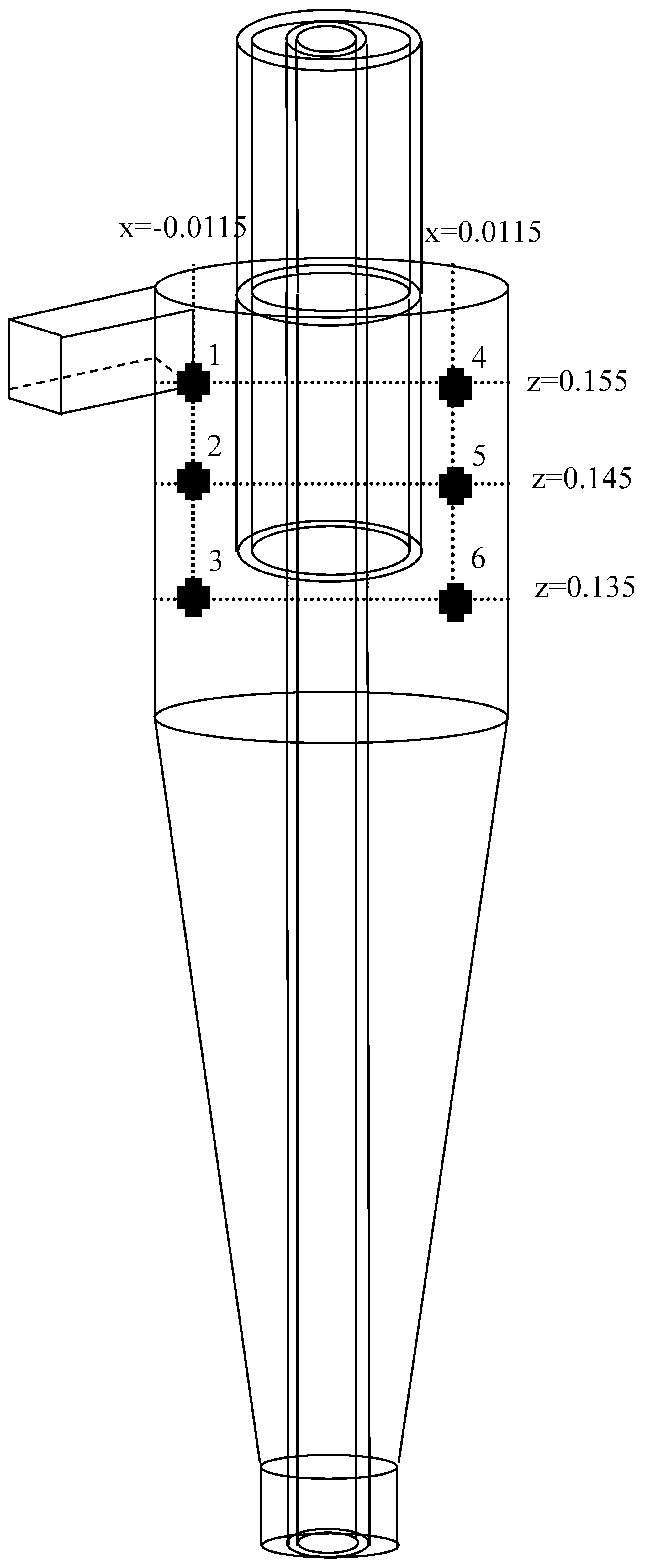
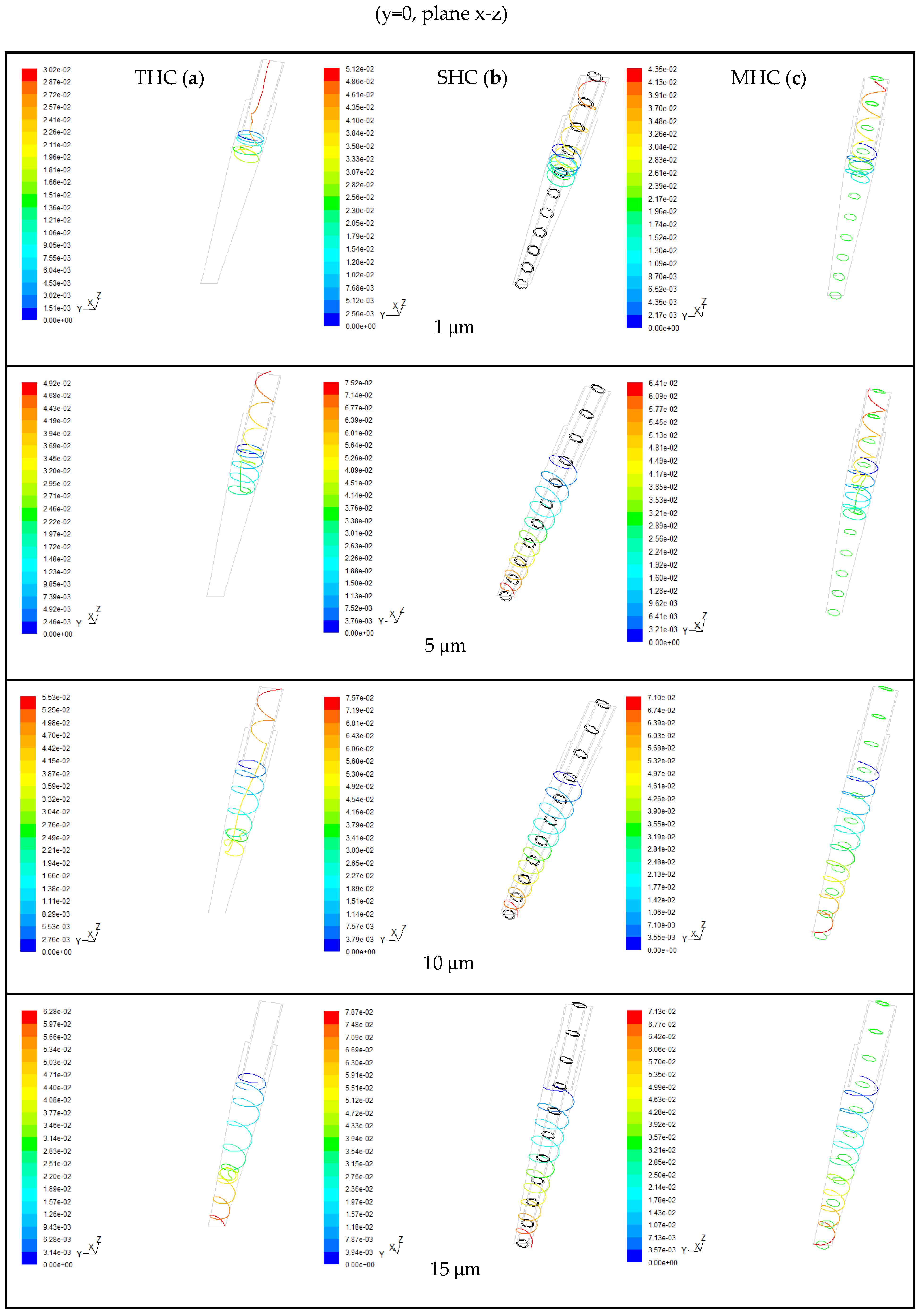
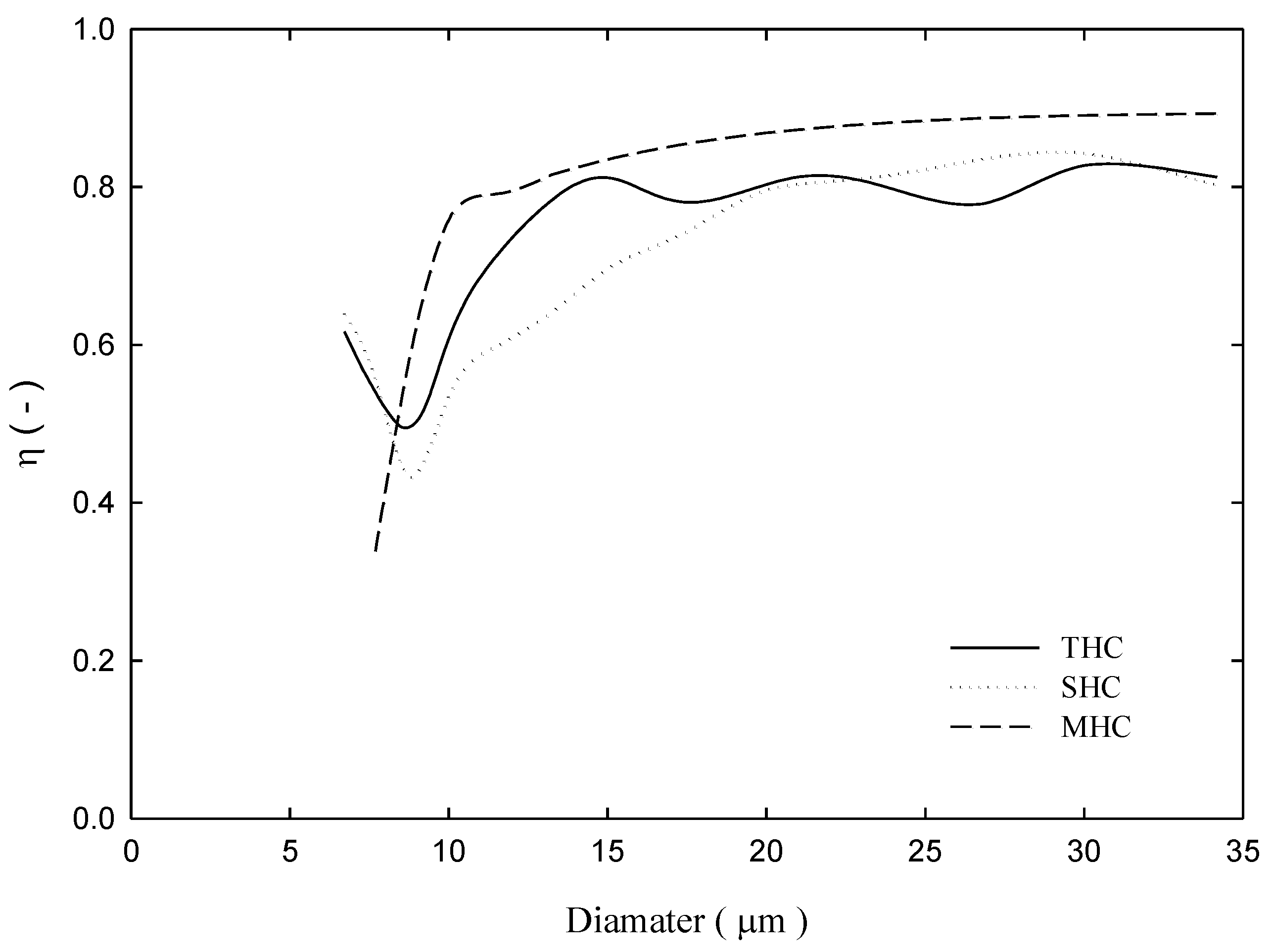
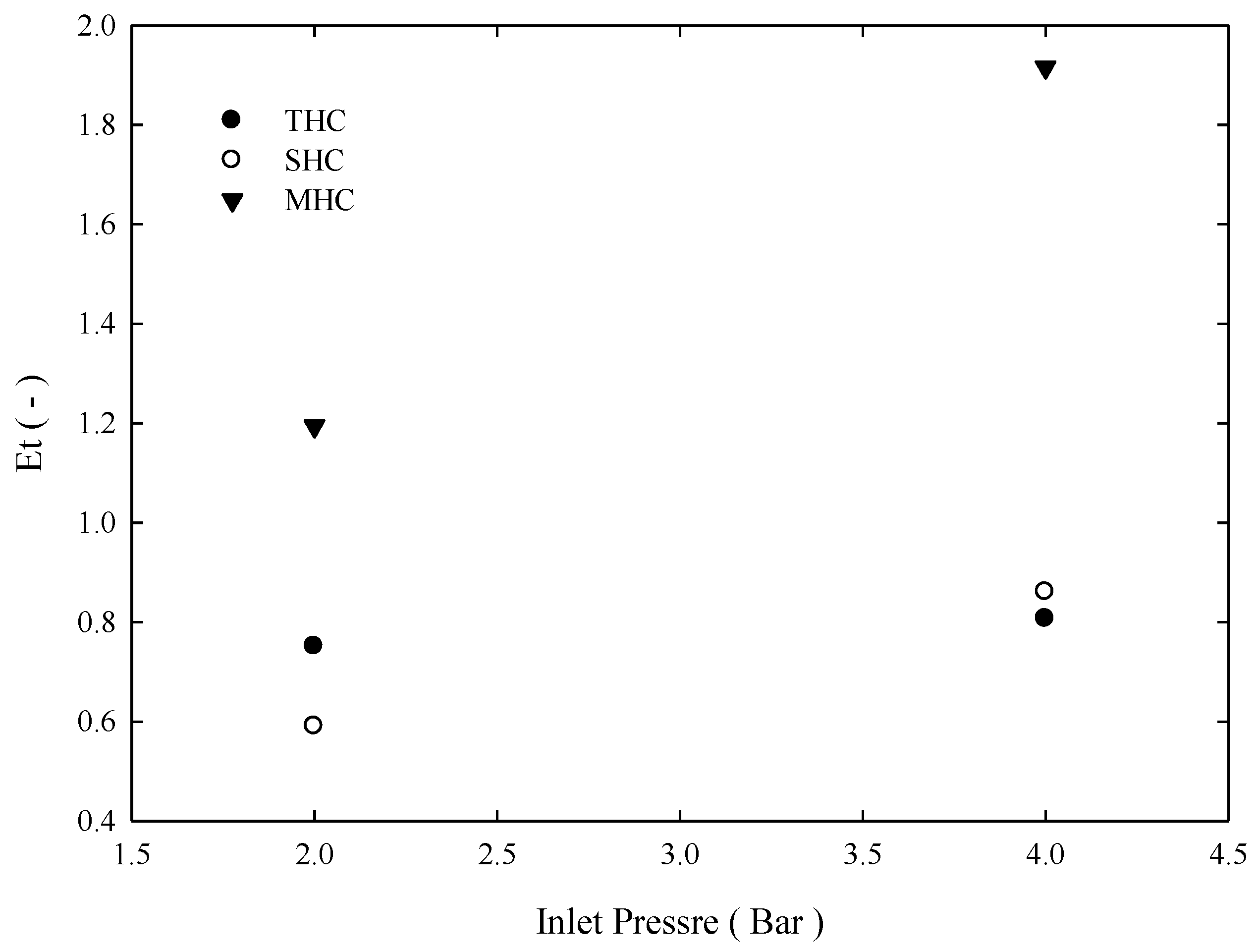
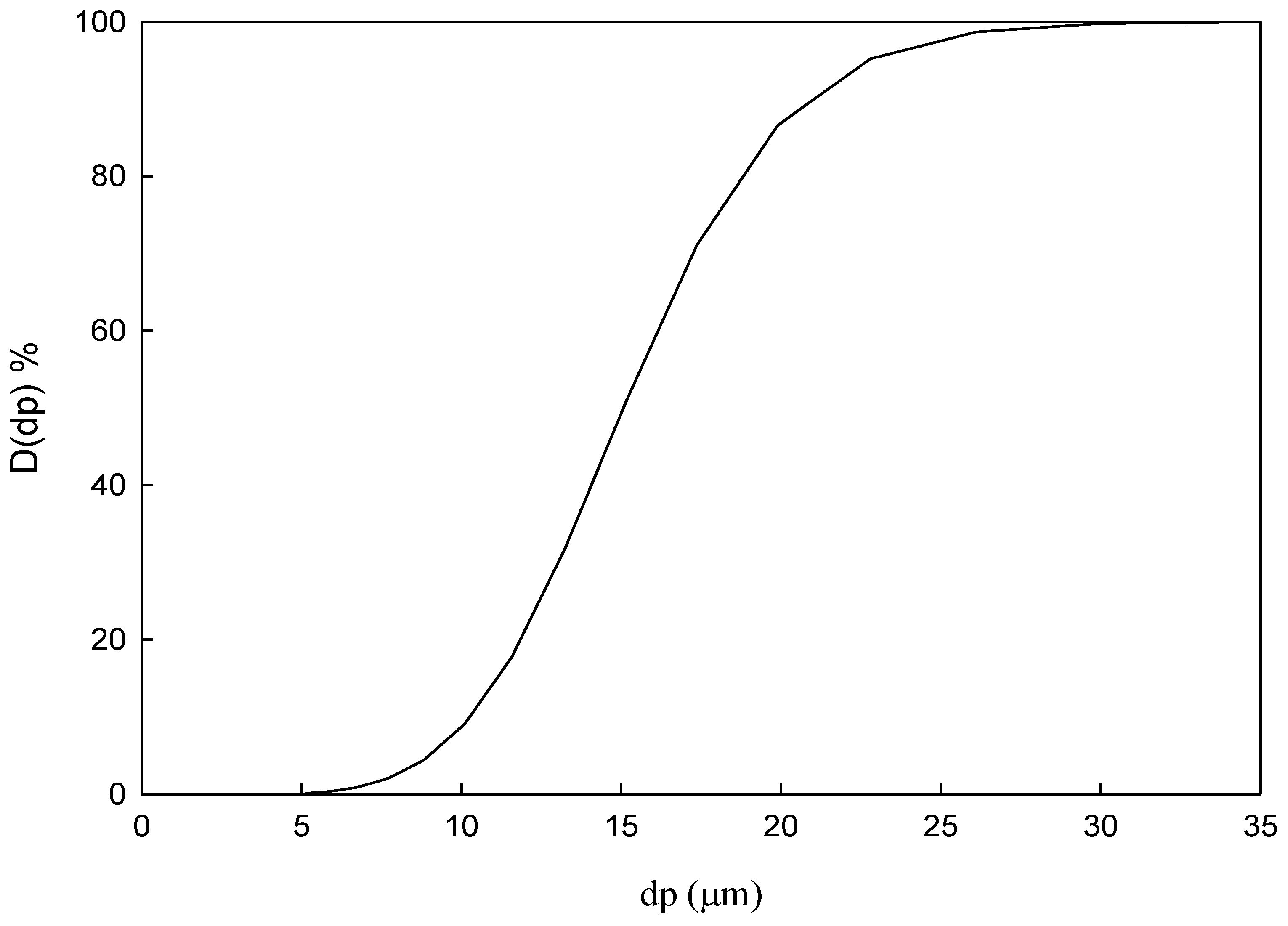
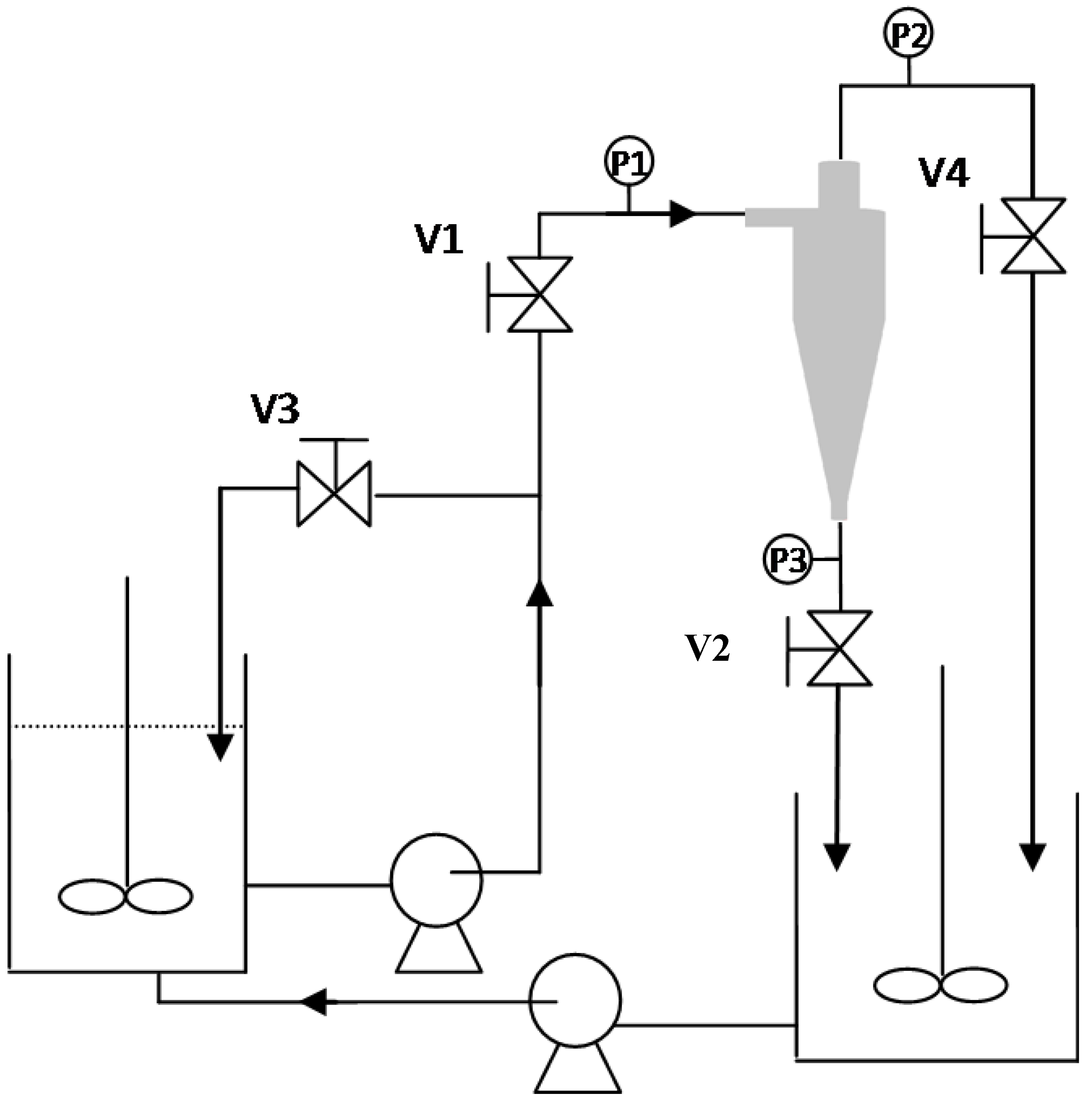
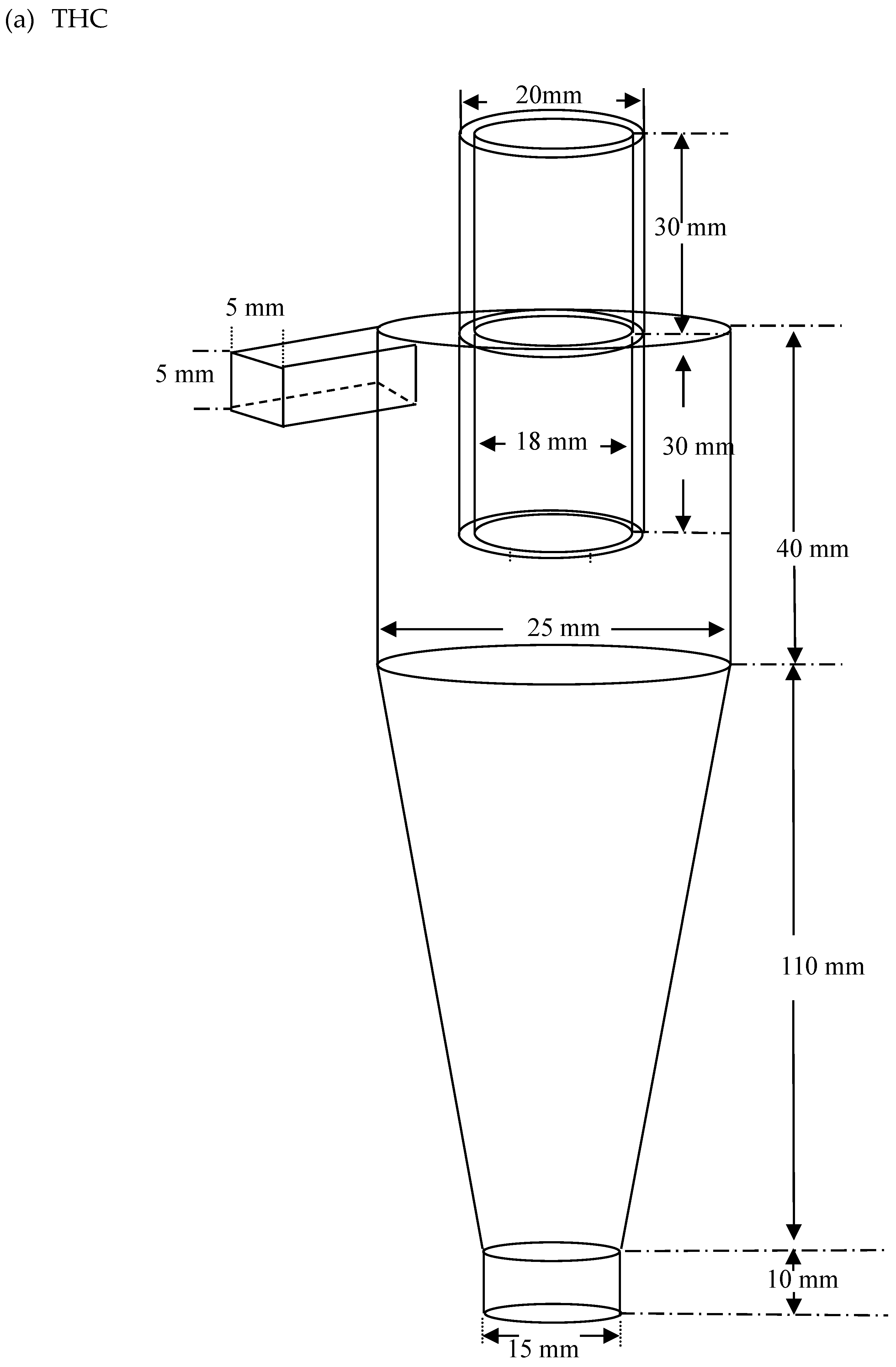
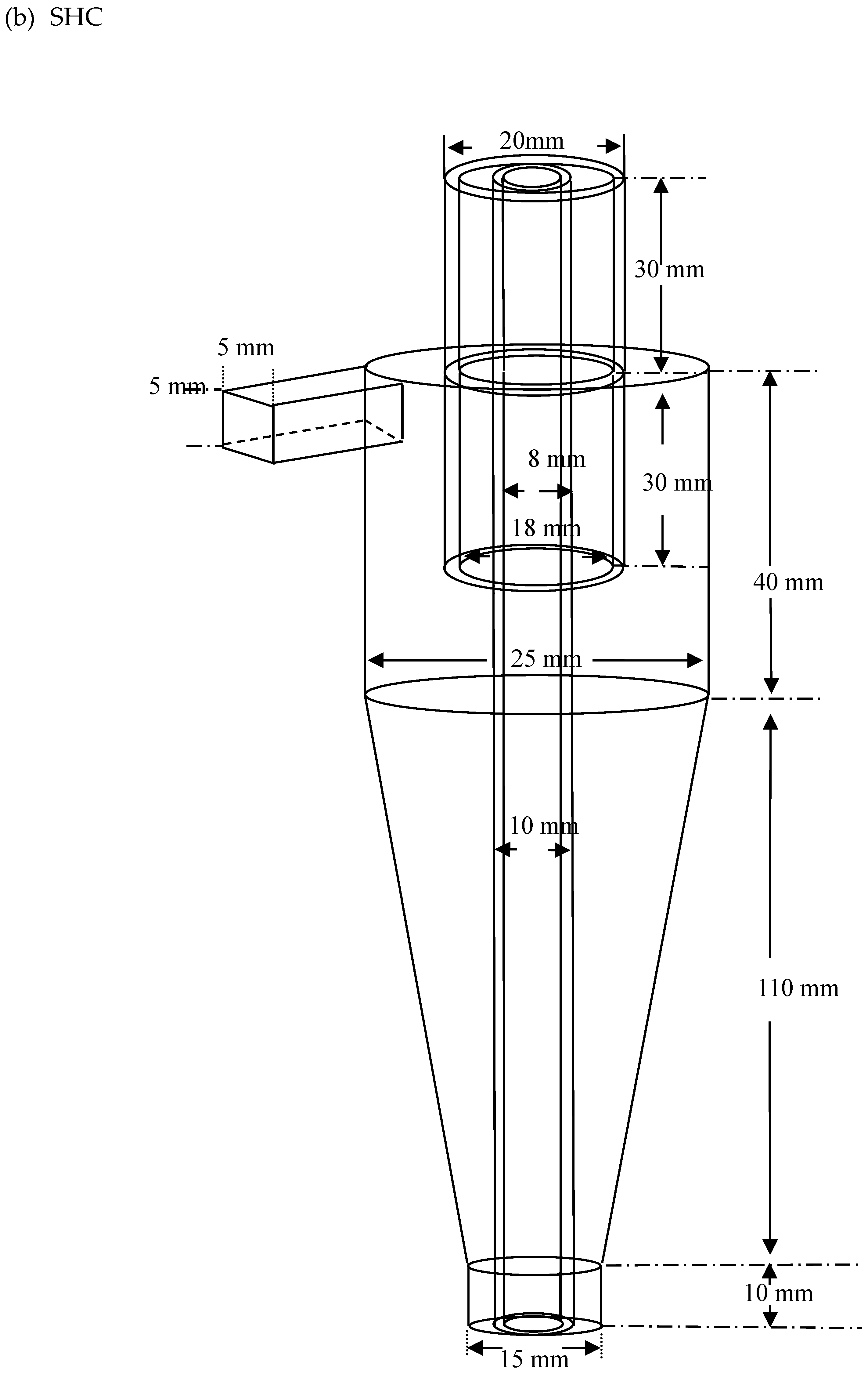
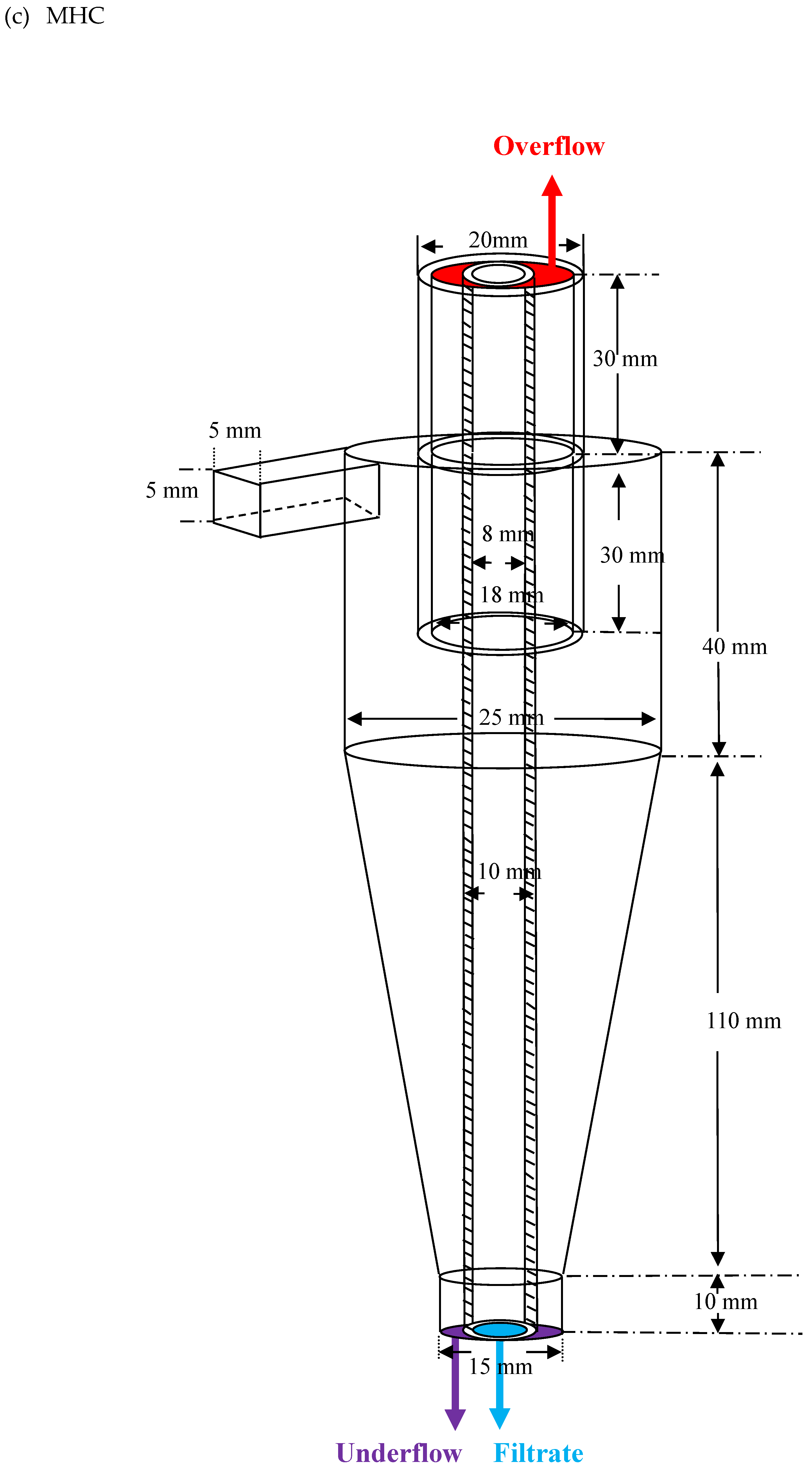
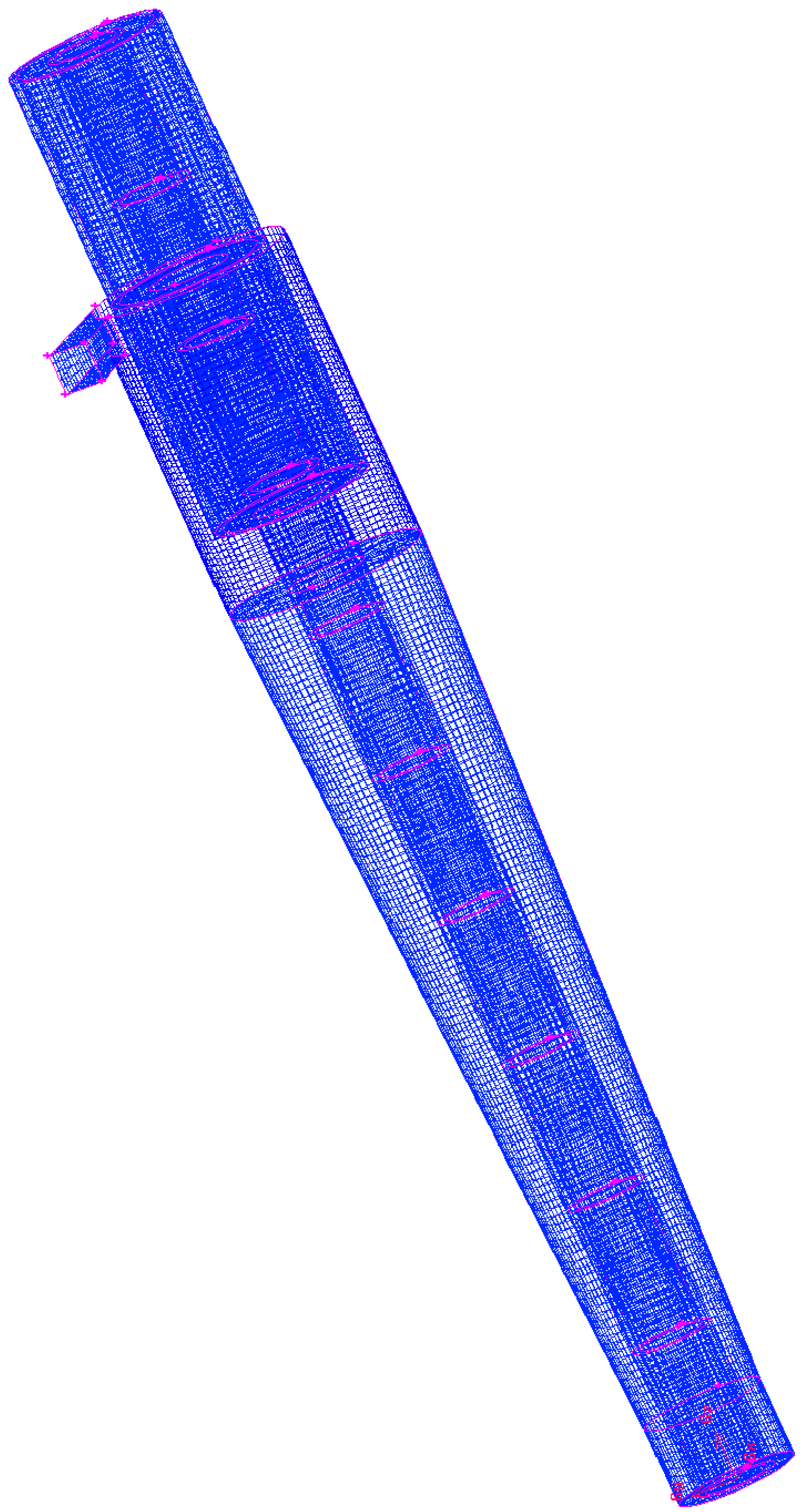
| Origin = 0.35 wt % | ||||
|---|---|---|---|---|
| Pressure (Bar) | Over (wt %) | Under (wt %) | Filtration (wt %) | |
| THC | 2 | 0.324 | 0.405 | - |
| 4 | 0.301 | 0.416 | ||
| SHC | 2 | 0.295 | 0.423 | - |
| 4 | 0.236 | 0.590 | ||
| MHC | 2 | 0.321 | 0.821 | 0.004 |
| 4 | 0.211 | 1.305 | 0.008 | |
© 2019 by the authors. Licensee MDPI, Basel, Switzerland. This article is an open access article distributed under the terms and conditions of the Creative Commons Attribution (CC BY) license (http://creativecommons.org/licenses/by/4.0/).
Share and Cite
Lin, J.-Y.; Wu, R.-M. Three Output Membrane Hydrocyclone: Classification and Filtration. Molecules 2019, 24, 1116. https://doi.org/10.3390/molecules24061116
Lin J-Y, Wu R-M. Three Output Membrane Hydrocyclone: Classification and Filtration. Molecules. 2019; 24(6):1116. https://doi.org/10.3390/molecules24061116
Chicago/Turabian StyleLin, Jhao-Yi, and Rome-Ming Wu. 2019. "Three Output Membrane Hydrocyclone: Classification and Filtration" Molecules 24, no. 6: 1116. https://doi.org/10.3390/molecules24061116
APA StyleLin, J.-Y., & Wu, R.-M. (2019). Three Output Membrane Hydrocyclone: Classification and Filtration. Molecules, 24(6), 1116. https://doi.org/10.3390/molecules24061116





